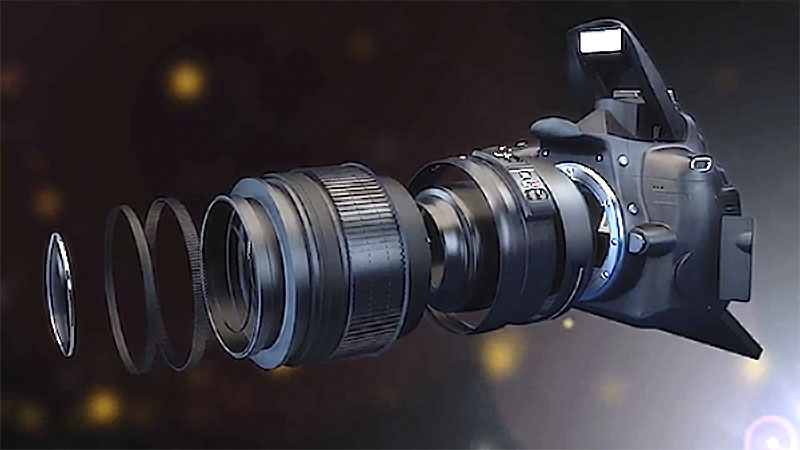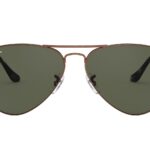There is a good chance that we have heard the terms “3D modeling” and “3D rendering” bandied about in the previous several years, unless we’ve been living under a rock. What makes this technology so crucial, especially for businesses in the product manufacturing sector? In a nutshell, it cuts down on both project duration and budget. As a result, producers have more leeway in terms of aesthetic choices. Those businesses that don’t adapt to 3D modeling will soon find themselves behind the pack. If people still need convincing that 3D modeling will revolutionise how companies approach sales and marketing, please read on to see how 3D modeling has changed businesses worldwide.
- 3D Modeling Is Ideal for Product Prototyping
3D modeling lets designers render goods photo-realistically. These images outperform camera photos due to their high-quality texturing and smart lighting. The model’s details can be seen in high resolution. Texturing, lighting, and shadowing make 3D modeling design services’ digital representations more realistic. Care is taken to show how light bounces off a shiny surface and how a chair feels. It’s like viewing the object in person. Only touching it is prohibited. These photos can be used in magazines and internet ads.
- Cheaper Than Photography
3D Modeling Services are cheaper than professional photography. Companies must arrange photoshoots after hiring a photographer. Companies may need multiple shots on different days based on the number of products. 3D artists should only be paid for product creation and rendering time. Scheduling and transportation are unnecessary. Typical 3D CAD software has over 700,000 mechanical component templates. Product design services save time and create realistic product renderings utilising these templates. This simplifies sales and marketing input during design. Designers can tweak the model’s texture and colour until everyone is pleased.
- Display a Product’s Physical Properties
3D modeling captures an object’s true size. This makes it possible for consumers to compare the item to other home items or product variants. Virtually, they can switch items in seconds. If something doesn’t fit, they can replace it. Moving heavy goods by hand is more complex than this method. On the website of the well-known company IKEA, customers can arrange their furniture in a fancy virtual setting. By trying out different kinds of furniture in this virtual space, they can easily see if a piece will fit the size and style of their home.
- Marketing Campaigns Can Use 3D Models
3D models are helpful in marketing. They’re in periodicals, advertising, and videos. Companies that offer mechanical engineering services can use the same 3D model differently. 3D CAD modeling provides high-quality graphics that look nice anywhere. Some companies store 3D models in a digital library for future usage. Marketing experts could combine old products with new ads or change old models to appeal to a different group of people.
- Production of Product Animations
For more, companies can make short 3D animations of an item being constructed and disassembled. Customers then find a building and use their new product easier. Companies aren’t confined to assembly animations. They can make animations showing the product in action or its uses. There are unlimited possibilities. This technology will bring customers back for more.
- Companies Can Showcase Their Items in 360° Views
Single perspectives are dull. They don’t display a product’s beautiful features. Customers don’t appreciate surprises either. They like to see all an item has to offer. Manufacturers often build 360-degree item views so customers can see everything they offer. A 360-degree perspective makes it easy to analyse packaging, colour tones, and proportions. This strategy engages customers for longer, increasing the likelihood of a transaction.
- Designers Can Quickly Change Renditions
Manufacturers can also quickly change several goods. Designers manually redraw faulty or missing components using traditional methods. 3D CAD intelligently redraws missing or concealed design elements. The program automatically redraws connecting lines to avoid errors. They can even alter objects. If a table has different lengths, the designers can change how it is made without changing the design. Design colours and textures can also be tried. They can replace something that doesn’t work.
- Speeds up and Simplifies 3D Printing
3D printing allows manufacturers to get tangible prototypes faster than with older methods. Manufacturers can easily create a print-ready file from a 3D model. They may be inspected and assessed quickly by manufacturers.
- Simplifies Documentation
CAD drafting and design services have traditionally entailed manual recording of mechanical component parts. It demanded accuracy and precision. This method is slowly being phased out, thankfully. Designers can use 3D CAD software to document product dimensions and materials. It makes documentation simpler and more efficient.
- Edits Can Maintain Design Integrity
Geometric measures in the design software’s algorithm avoid unintentional changes to features. If two holes must always be 2” apart, 3D modeling software will guarantee that the object can be redesigned without violating this regulation. Thus, component integrity is maintained in the design.
The Conclusion
Consumers’ familiarity with and comfort with technology has increased over time. Therefore, they are pickier and more demanding than ever before. Mistakes and ambiguity are sure fire ways to drive away potential customers and encourage them to look elsewhere. And that’s why more and more factories are turning to 3D modeling to advertise their wares.





